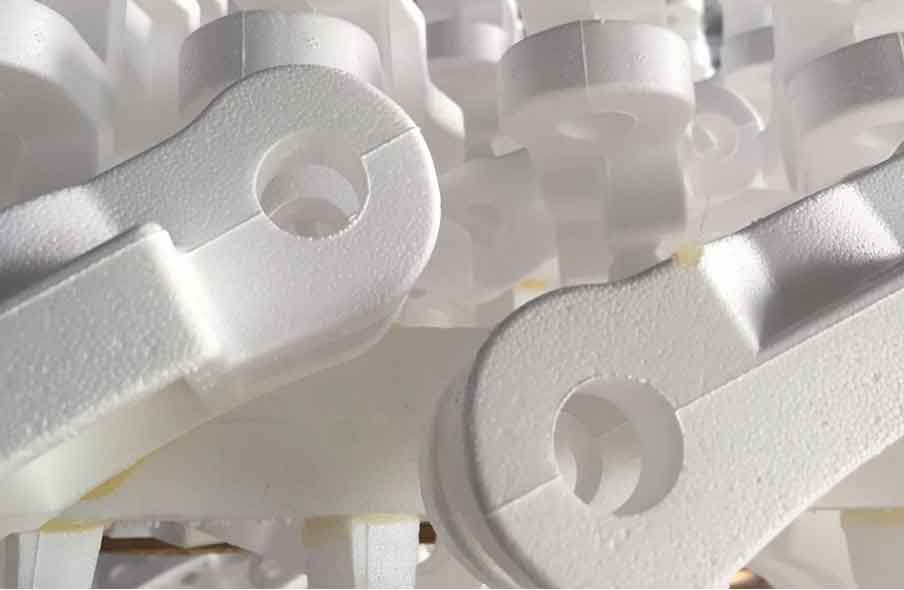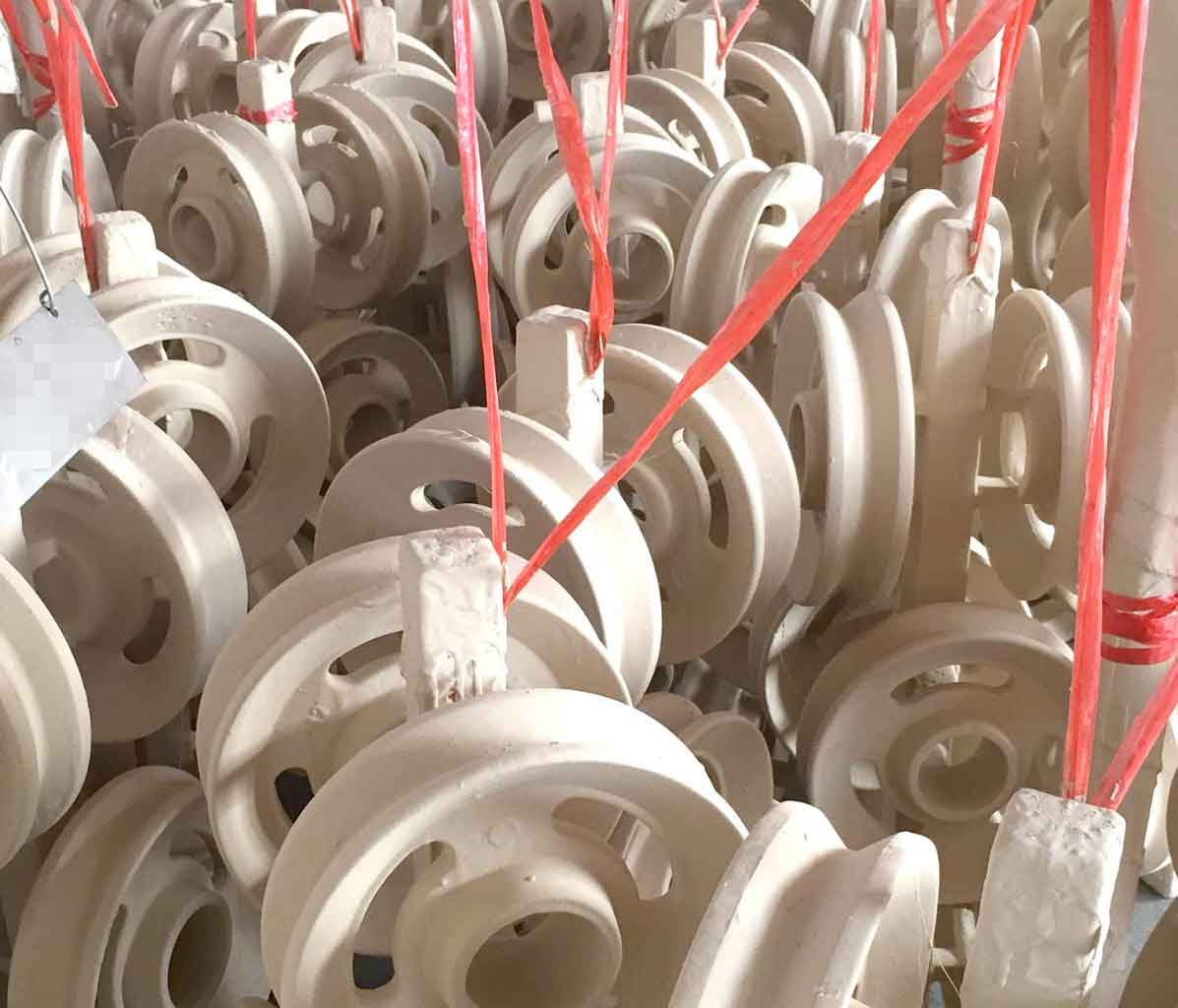Many observations and experiments have shown that the liquid metal is filled radially forward in the filling process of lost foam casting. In the process of lost foam casting filling, under the thermal radiation of molten metal, before the molten metal contacts the pattern, the pattern begins to vaporize, and an air gap is formed between them, which is full of pattern decomposition products. Due to the obstruction of gas pressure in the air gap, the inertia effect of molten metal filling is significantly reduced. H.s.lee of South Korea used high-speed photography to study the filling process of molten metal. The results showed that whether it was top injection or side injection, the molten metal was filled radially forward. 10. Yao et al. Used thermocouples to measure the flow pattern of molten metal during mold filling, indicating that the molten metal is evenly filled forward radially from the ingate. C. H.tseng et al. Poured the long strip sample placed horizontally and obtained the same results. The last filling position of the molten metal is the farthest from the inner sprue. This kind of radial filling starts from the inner sprue to the farthest away from the inner sprue, eliminating the adverse phenomena such as eddy current and reflux in ordinary wet sand casting. According to the model of radial movement in the filling process of liquid metal, the direction of the front velocity of liquid metal in the filling process can be calculated indirectly.

The size of the velocity at any point on the interface depends on the disappearance speed of the foam pattern, and the disappearance speed of the pattern depends on the influence of technological factors (such as pouring temperature, vacuum degree, pattern density, etc.). At present, the research on the influence of process factors on the pattern disappearance speed is still in the qualitative stage, and the available calculation data for iron castings is less. Therefore, it is an important aspect to study the influence of process factors on the pattern disappearance speed (filling speed) and determine the quantitative relationship between filling speed and process parameters through experiments.

The filling process of liquid metal in lost foam casting includes complex energy, momentum and mass transfer processes. To accurately understand the law of the filling process, a lot of long-term experimental research work is needed.
(1) The relative importance of process parameters pouring temperature, pattern density, liquid metal static head, coating permeability, sprue area, vacuum degree and pattern thickness on liquid metal filling speed of gray iron lost foam casting was studied by orthogonal test.
(2) The liquid metal filling characteristics of gray cast iron in lost foam casting were studied. By tracing the isochronous curve of flowing metal front and the relationship between process parameters – average filling speed of molten metal, the influence of process factors on the filling characteristics of molten metal in lost foam casting of gray iron was studied.
